Rising Aircraft Production Rates
The Aerospace Titanium Market is experiencing a notable surge in aircraft production rates, driven by increasing air travel demand. Manufacturers are ramping up production to meet the needs of both commercial and military sectors. In 2025, the total number of aircraft deliveries is projected to reach approximately 1,500 units, reflecting a robust growth trajectory. This uptick in production necessitates the use of high-performance materials, such as titanium, which offers superior strength-to-weight ratios and corrosion resistance. Consequently, the demand for titanium in aerospace applications is likely to escalate, positioning the Aerospace Titanium Market for substantial growth in the coming years.
Emergence of New Aerospace Startups
The Aerospace Titanium Market is witnessing the emergence of new aerospace startups that are challenging traditional manufacturers. These startups are often focused on innovative designs and the use of advanced materials, including titanium, to create next-generation aircraft. In 2025, it is estimated that over 200 new aerospace companies will enter the market, many of which prioritize lightweight materials to enhance performance. This influx of new players is likely to stimulate competition and drive innovation within the Aerospace Titanium Market. As these startups gain traction, the demand for titanium is expected to rise, further contributing to the industry's growth.
Increasing Focus on Fuel Efficiency
The Aerospace Titanium Market is witnessing a growing emphasis on fuel efficiency among aircraft manufacturers. As fuel costs continue to rise, there is a pressing need for lighter materials that can enhance the overall efficiency of aircraft. Titanium, known for its lightweight properties, is increasingly being utilized in various aircraft components, including airframes and engines. In 2025, it is projected that the use of titanium in aerospace applications could reduce fuel consumption by up to 15%. This focus on fuel efficiency not only aligns with environmental sustainability goals but also drives the demand for titanium, thereby bolstering the Aerospace Titanium Market.
Expansion of Military Aerospace Programs
The Aerospace Titanium Market is benefiting from the expansion of military aerospace programs across various nations. Governments are investing heavily in modernizing their military fleets, which often involves the incorporation of advanced materials like titanium. In 2025, military spending on aerospace is expected to exceed 150 billion dollars, with a significant portion allocated to the procurement of titanium-based components. This trend is likely to create a sustained demand for titanium in military applications, including fighter jets and unmanned aerial vehicles. As a result, the Aerospace Titanium Market is poised for growth, driven by the increasing need for durable and lightweight materials in defense applications.
Technological Advancements in Aerospace Engineering
Technological advancements in aerospace engineering are significantly influencing the Aerospace Titanium Market. Innovations such as advanced alloys and improved manufacturing techniques are enhancing the performance characteristics of titanium. For instance, the development of titanium alloys with superior fatigue resistance is enabling manufacturers to design lighter and more efficient aircraft. As of 2025, it is estimated that the aerospace sector will invest over 20 billion dollars in research and development, further propelling the demand for titanium. These advancements not only improve aircraft performance but also contribute to the overall efficiency of the aerospace supply chain, thereby fostering growth in the Aerospace Titanium Market.


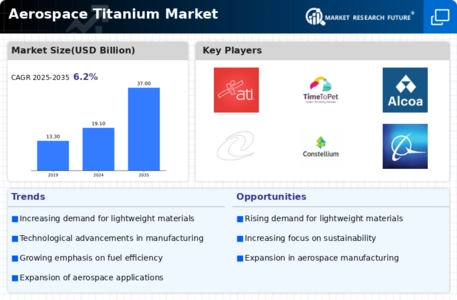
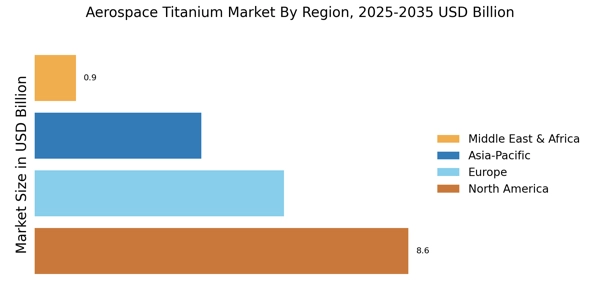
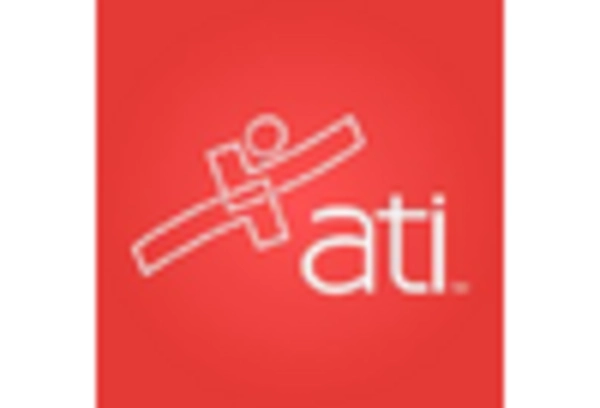
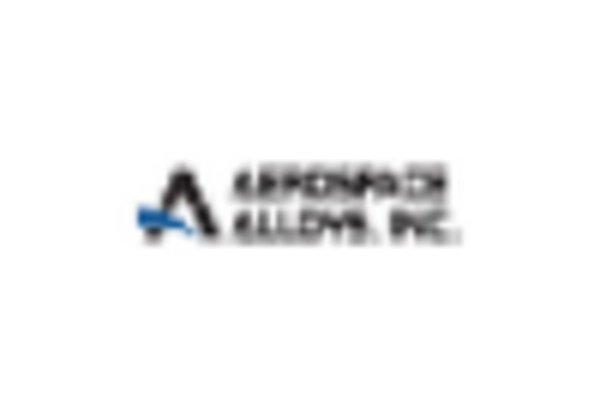
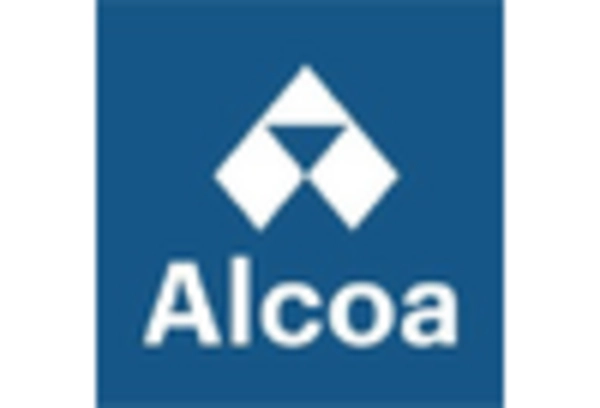

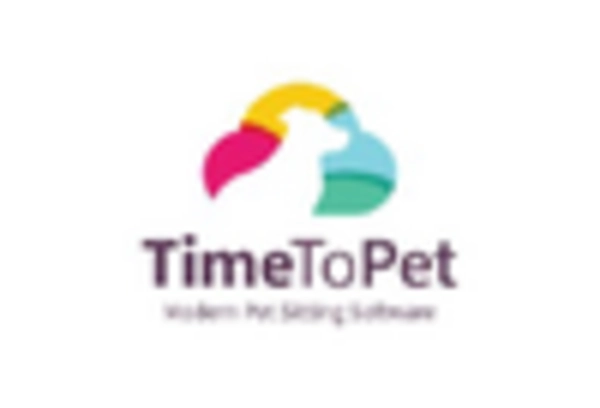









Leave a Comment